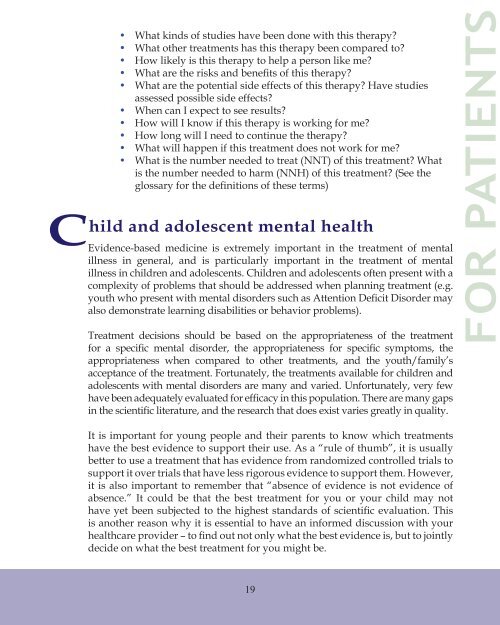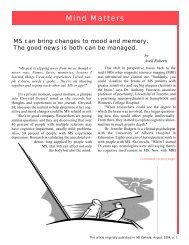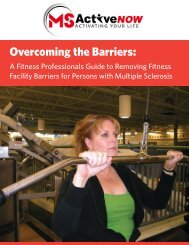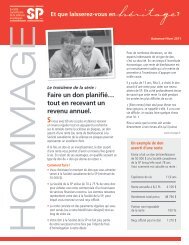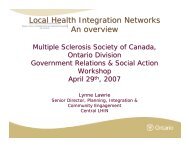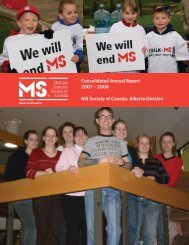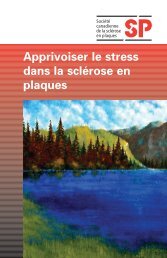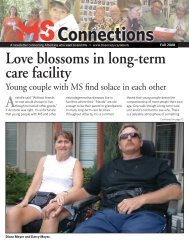Evidence-based medicine (EBM)
Evidence-based medicine (EBM)
Evidence-based medicine (EBM)
Create successful ePaper yourself
Turn your PDF publications into a flip-book with our unique Google optimized e-Paper software.
• What kinds of studies have been done with this therapy?<br />
• What other treatments has this therapy been compared to?<br />
• How likely is this therapy to help a person like me?<br />
• What are the risks and benefi ts of this therapy?<br />
• What are the potential side effects of this therapy? Have studies<br />
assessed possible side effects?<br />
• When can I expect to see results?<br />
• How will I know if this therapy is working for me?<br />
• How long will I need to continue the therapy?<br />
• What will happen if this treatment does not work for me?<br />
• What is the number needed to treat (NNT) of this treatment? What<br />
is the number needed to harm (NNH) of this treatment? (See the<br />
glossary for the defi nitions of these terms)<br />
Child and adolescent mental health<br />
<strong>Evidence</strong>-<strong>based</strong> <strong>medicine</strong> is extremely important in the treatment of mental<br />
illness in general, and is particularly important in the treatment of mental<br />
illness in children and adolescents. Children and adolescents often present with a<br />
complexity of problems that should be addressed when planning treatment (e.g.<br />
youth who present with mental disorders such as Attention Defi cit Disorder may<br />
also demonstrate learning disabilities or behavior problems).<br />
Treatment decisions should be <strong>based</strong> on the appropriateness of the treatment<br />
for a specifi c mental disorder, the appropriateness for specifi c symptoms, the<br />
appropriateness when compared to other treatments, and the youth/family’s<br />
acceptance of the treatment. Fortunately, the treatments available for children and<br />
adolescents with mental disorders are many and varied. Unfortunately, very few<br />
have been adequately evaluated for effi cacy in this population. There are many gaps<br />
in the scientifi c literature, and the research that does exist varies greatly in quality.<br />
It is important for young people and their parents to know which treatments<br />
have the best evidence to support their use. As a “rule of thumb”, it is usually<br />
better to use a treatment that has evidence from randomized controlled trials to<br />
support it over trials that have less rigorous evidence to support them. However,<br />
it is also important to remember that “absence of evidence is not evidence of<br />
absence.” It could be that the best treatment for you or your child may not<br />
have yet been subjected to the highest standards of scientifi c evaluation. This<br />
is another reason why it is essential to have an informed discussion with your<br />
healthcare provider – to fi nd out not only what the best evidence is, but to jointly<br />
decide on what the best treatment for you might be.<br />
19<br />
FOR PATIENTS


